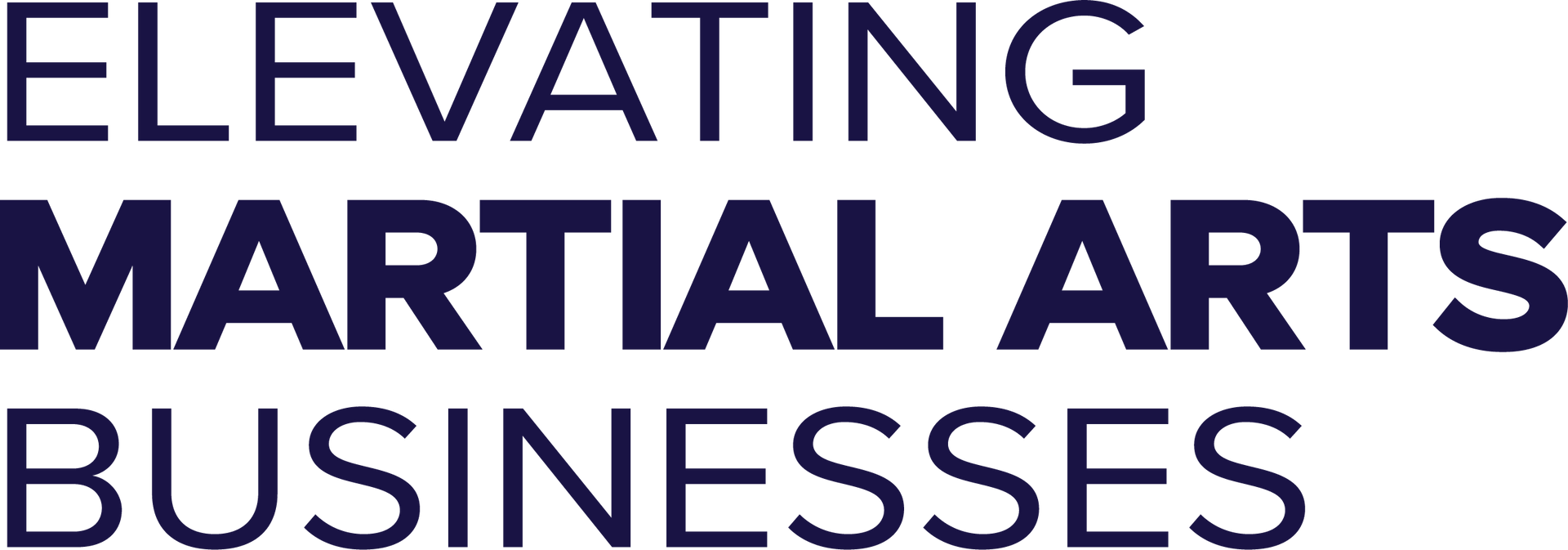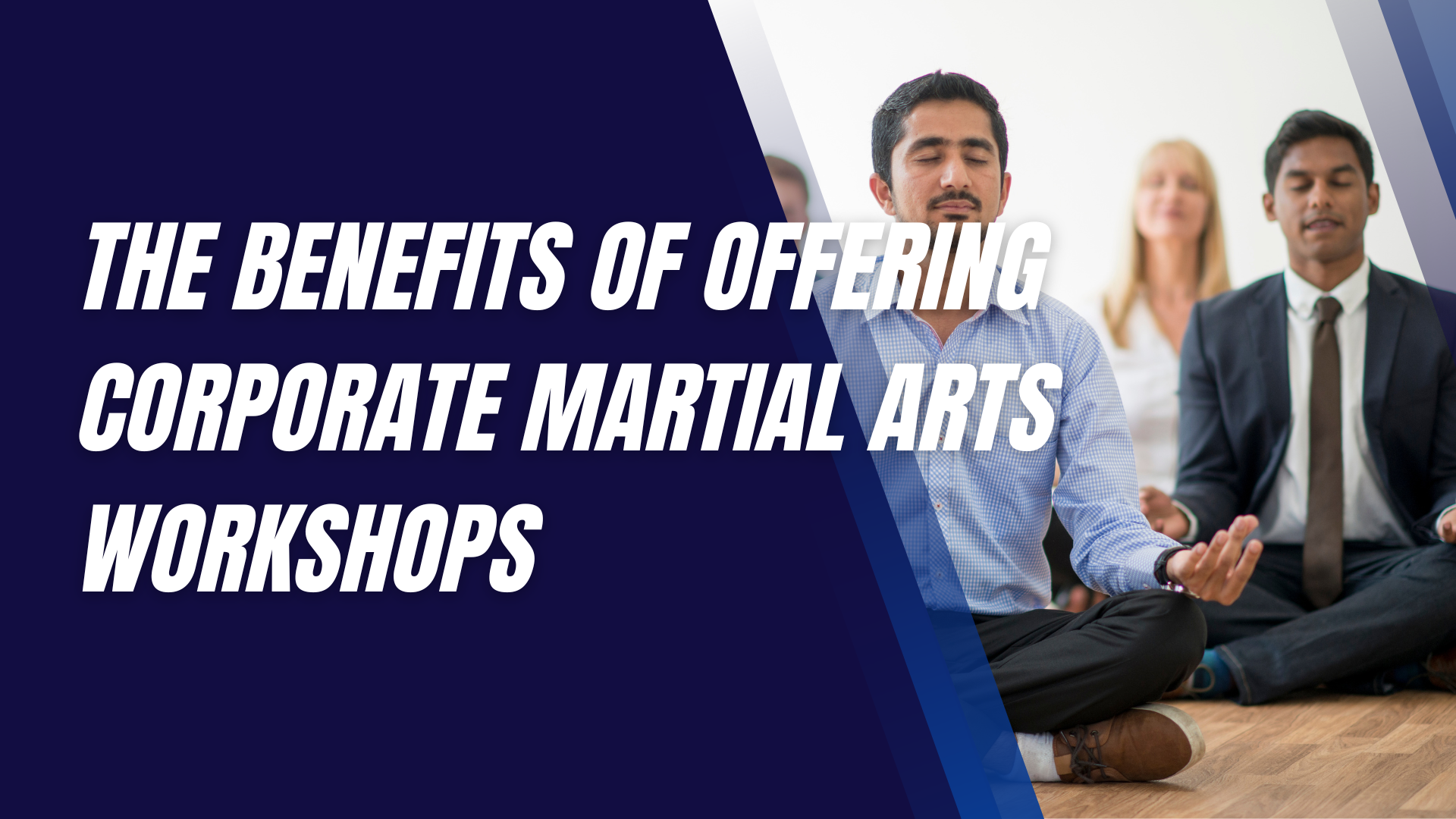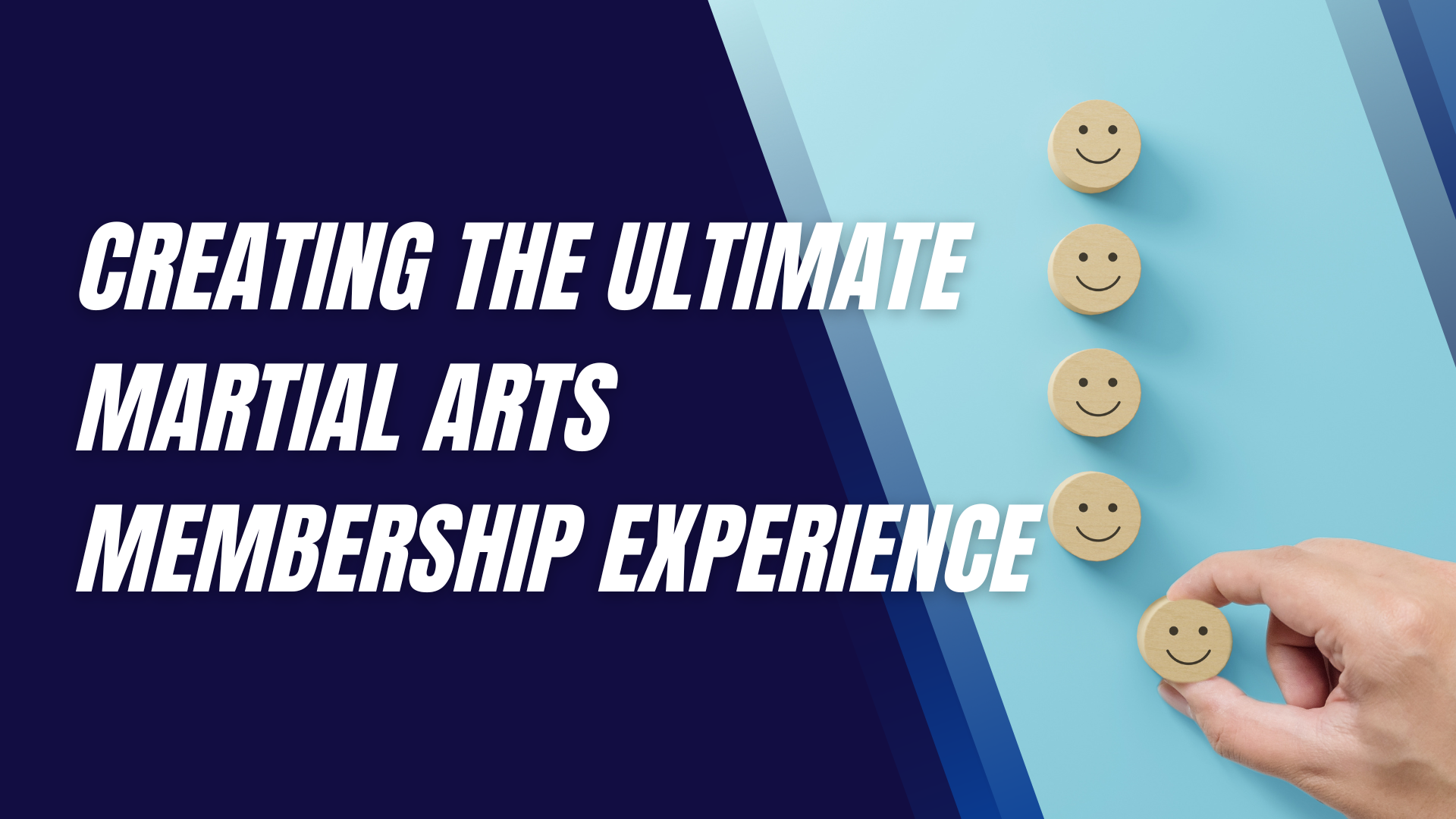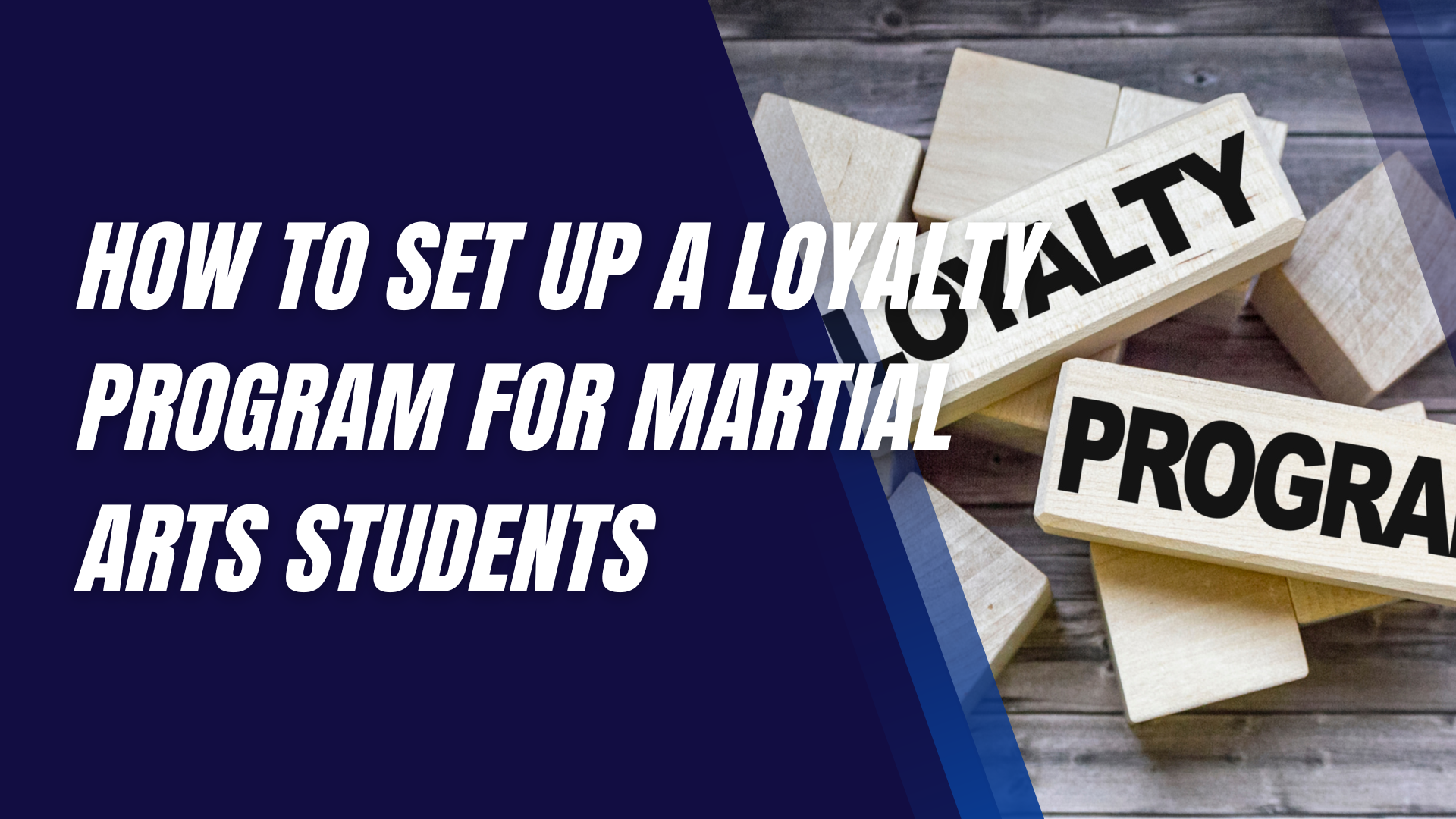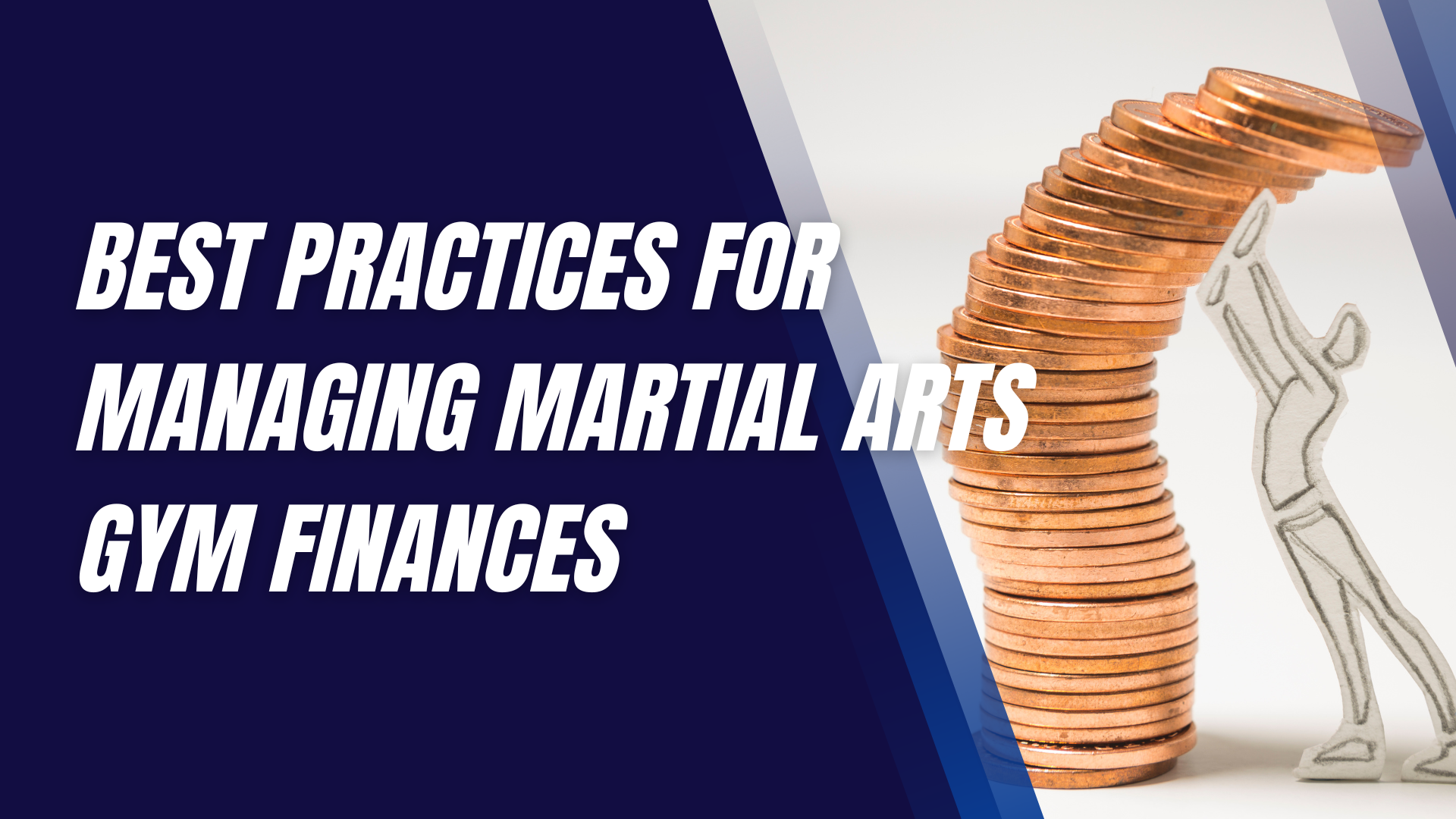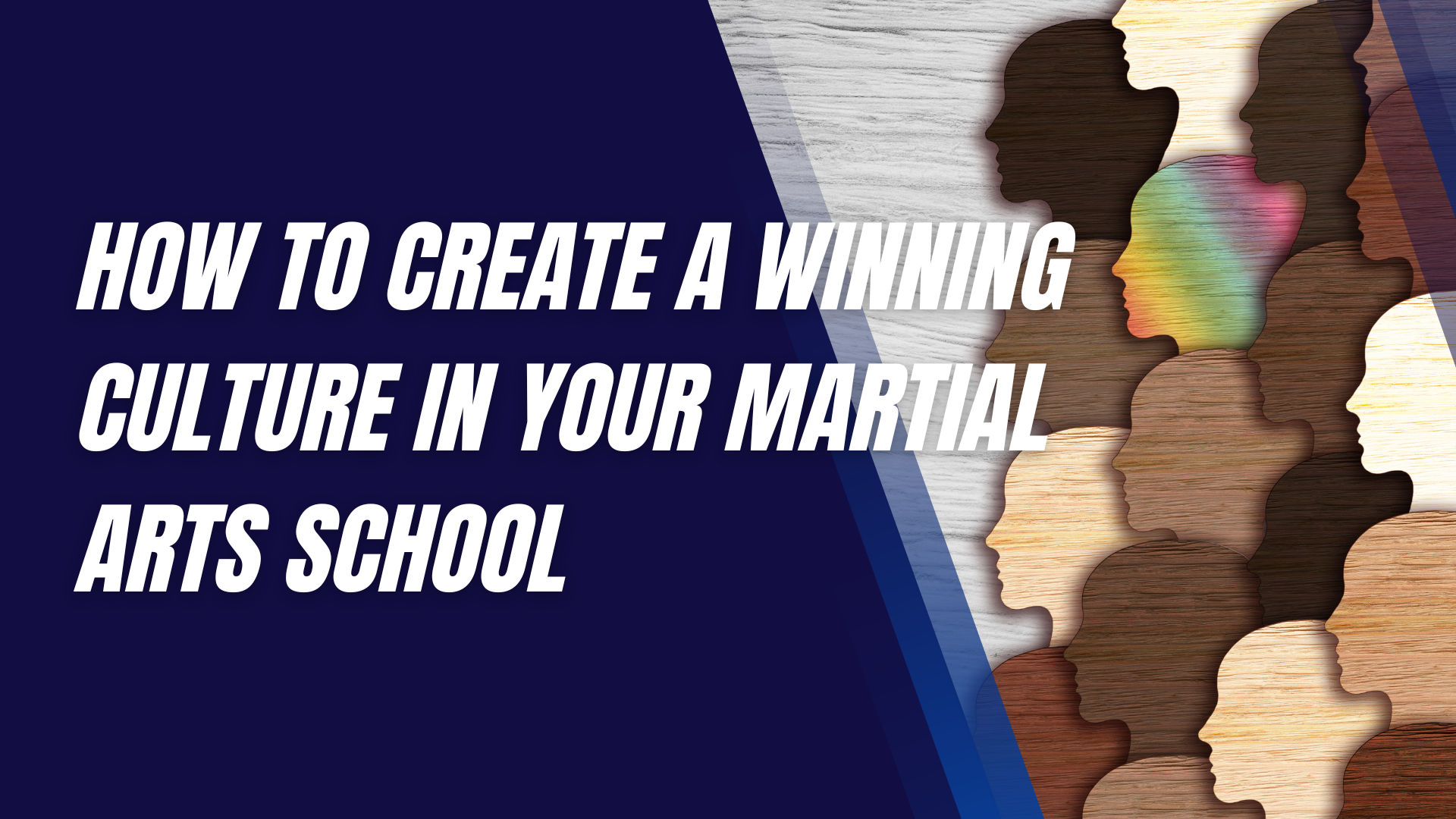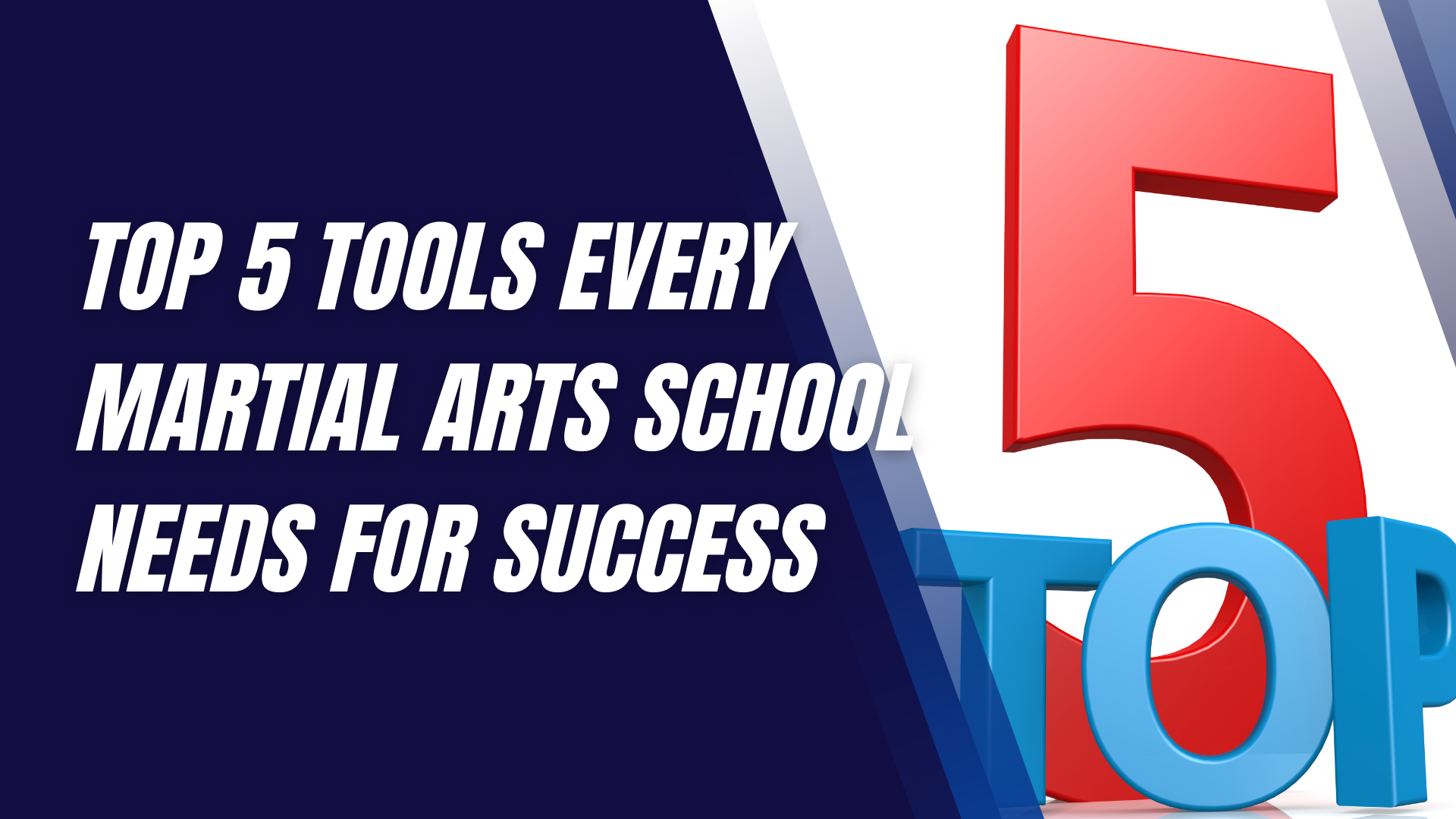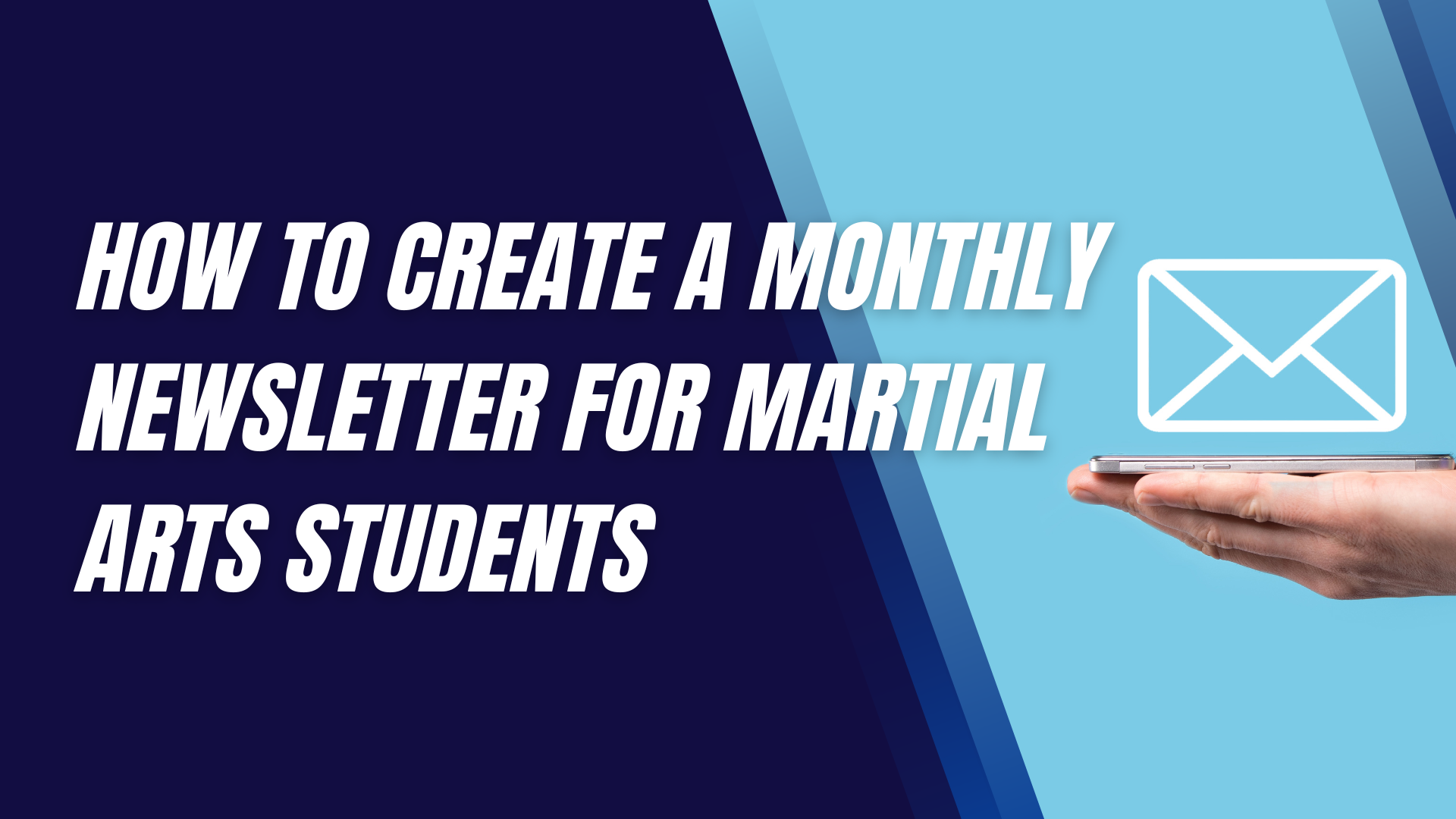How to Safely Recover From Martial Arts Injuries
Martial arts are an incredible way to stay fit, learn self-defense, and build discipline.
However, the rigorous training and physical contact involved can sometimes lead to injuries. Knowing how to recover safely is crucial not only for getting back to your
routine but also for maintaining your long-term health. Whether you’re a beginner or a seasoned martial artist, understanding injury recovery can help you stay on track and avoid further complications.
Immediate Steps to Take After an Injury
Stop and Assess the Situation
The first and most critical step after sustaining an injury is to stop whatever you are doing. Continuing to train or spar can exacerbate the injury and lead to more severe consequences. Take a moment to assess the situation. Is the pain sharp or dull? Can you move the affected area? Identifying these early signs will guide you on whether it’s something minor or if you need immediate medical help.
Apply First Aid
For minor injuries, applying basic first aid can make a significant difference. Use the R.I.C.E. method—Rest, Ice, Compression, and Elevation—to minimize swelling and pain. Icing the injured area for 15-20 minutes every hour can help reduce inflammation. Make sure to wrap ice in a cloth to avoid direct contact with the skin, which can cause ice burns.
Seek Medical Attention
If the injury seems severe, like a suspected fracture, dislocation, or if there’s intense pain and swelling that doesn’t subside, seek medical attention immediately. Visiting a healthcare professional, such as a sports medicine doctor or orthopedic specialist, will ensure that you receive the appropriate diagnosis and treatment plan.
Understanding the Severity of Your Injury
Minor vs. Major Injuries
Understanding the severity of your injury is essential for choosing the correct recovery path. Minor injuries, like small bruises, strains, or sprains, often heal with rest and proper care at home. However, major injuries such as broken bones, torn ligaments, or severe concussions require professional medical intervention and a structured recovery plan.
When to See a Specialist
If your symptoms persist or worsen, it’s crucial to consult a specialist. A sports medicine specialist or a physical therapist can provide targeted treatment that addresses the specific needs of martial artists, helping you to recover effectively and safely.
Effective Recovery Strategies
Rest and Immobilization
Rest is a critical component of any recovery plan. Your body needs time to heal, and continuing to train or perform strenuous activities can delay the process. In some cases, immobilization of the injured area through splints or braces may be necessary to prevent further damage.
Ice, Compression, and Elevation (R.I.C.E) Method
The R.I.C.E. method remains a cornerstone of initial injury management. Regularly applying ice, keeping the injured area compressed with a bandage, and elevating it above heart level helps to minimize swelling and provides comfort.
Pain Management and Medication
Over-the-counter pain medications, such as ibuprofen or acetaminophen, can help manage pain and reduce inflammation. Always follow the recommended dosage and consult with your doctor, especially if you have any underlying health conditions or are taking other medications.
Rehabilitation and Physical Therapy
Importance of Physical Therapy
Physical therapy is an invaluable part of the recovery process for martial artists. A good physical therapist will not only help you regain strength and mobility but will also tailor exercises to your specific sport, ensuring that you’re prepared to return to training.
Types of Exercises for Recovery
Rehabilitation exercises typically start with gentle, range-of-motion activities and gradually progress to strength and endurance exercises. Balance and agility training are also crucial, as they help you regain the skills necessary for martial arts while preventing future injuries.
Monitoring Your Progress
Keep track of your recovery journey by setting small, achievable goals. Monitoring your progress not only helps you stay motivated but also ensures that you’re not pushing too hard too soon. Adjust your recovery plan as needed based on how your body responds.
Nutrition and Hydration for Recovery
Essential Nutrients for Healing
Nutrition plays a vital role in recovery. A diet rich in protein, vitamins, and minerals supports tissue repair and reduces inflammation. Include foods high in vitamin C, such as citrus fruits and leafy greens, which aid in collagen formation—a key component of healing tissues.
Staying Hydrated
Hydration is often overlooked but is essential for recovery. Water aids in the transport of nutrients to injured tissues and helps flush out toxins. Aim for at least 8 cups of water a day, more if you are sweating heavily or have a higher level of physical activity.
Mental and Emotional Recovery
Coping with Setbacks
Injuries can be frustrating and may lead to feelings of discouragement or impatience. It’s important to maintain a positive mindset and understand that setbacks are part of the process. Consider mindfulness practices or speaking with a sports psychologist to help manage stress and stay focused on your recovery goals.
Staying Motivated During Recovery
Staying engaged with your martial arts community, even if you’re sidelined, can help maintain motivation. Attend classes as an observer, stay in touch with your training partners, and visualize your return to training. This connection can be a powerful motivator and keep your spirits high.
Returning to Training Safely
Gradual Return to Training
When you’re ready to return, start slowly. Gradually increase the intensity and duration of your training sessions. Listen to your body, and don’t rush back into full contact or advanced techniques until you’re fully confident in your recovery.
Importance of Warm-Ups and Cool-Downs
Proper warm-ups and cool-downs are essential to prevent re-injury. A good warm-up increases blood flow to muscles, enhancing their flexibility and reducing the risk of strains. Cool-downs help your body transition from high-intensity activities back to a resting state, aiding in muscle recovery.
Listening to Your Body
Your body gives signals when something isn’t right. If you feel pain, discomfort, or unusual fatigue, take it as a sign to slow down or stop. Pushing through pain is not a sign of strength—it can lead to further injury and longer recovery times.
Preventing Future Injuries
Proper Technique and Form
One of the best ways to prevent injuries is to focus on proper technique and form. Whether you’re throwing a punch, executing a kick, or performing a grappling move, maintaining correct form reduces the risk of injury and improves performance.
Protective Gear and Equipment
Always use appropriate protective gear, such as mouthguards, shin guards, and headgear, depending on your martial art. Quality equipment provides a critical layer of defense against impact injuries.
Regular Conditioning and Strength Training
Conditioning and strength training enhance your overall fitness and resilience. Incorporating exercises that build core strength, flexibility, and balance can significantly reduce your risk of injury and improve your performance in martial arts.
When to Seek Professional Help
Recognizing Chronic Pain or Recurrent Injuries
If you notice chronic pain or recurring injuries, it’s time to seek professional help. Persistent issues can indicate underlying problems that require specialized care. Don’t ignore these signs, as early intervention can prevent long-term complications.
Consulting with a Sports Medicine Specialist
Sports medicine specialists are trained to deal with injuries specific to athletes. They can offer tailored advice, advanced treatment options, and a recovery plan that aligns with your martial arts practice.
Final Thoughts
Recovering from a martial arts injury doesn’t have to be a setback that derails your progress. By taking immediate action, following a structured recovery plan, and prioritizing your overall well-being, you can get back to doing what you love safely and effectively. Remember, the goal isn’t just to return to training but to come back stronger, wiser, and more resilient.
Interested in trying a martial arts class? Find an affiliated academy anywhere in the country by clicking here.
Have your own martial arts program? Get to know more about what we have to offer at Ground Standard Agency for helping martial arts businesses grow.
Email us at info@groundstandard.com, or call and text us at (732) 907-8920 today to learn how to start growing your own academy, school, dojo, or gym with us as well.
Share this article
